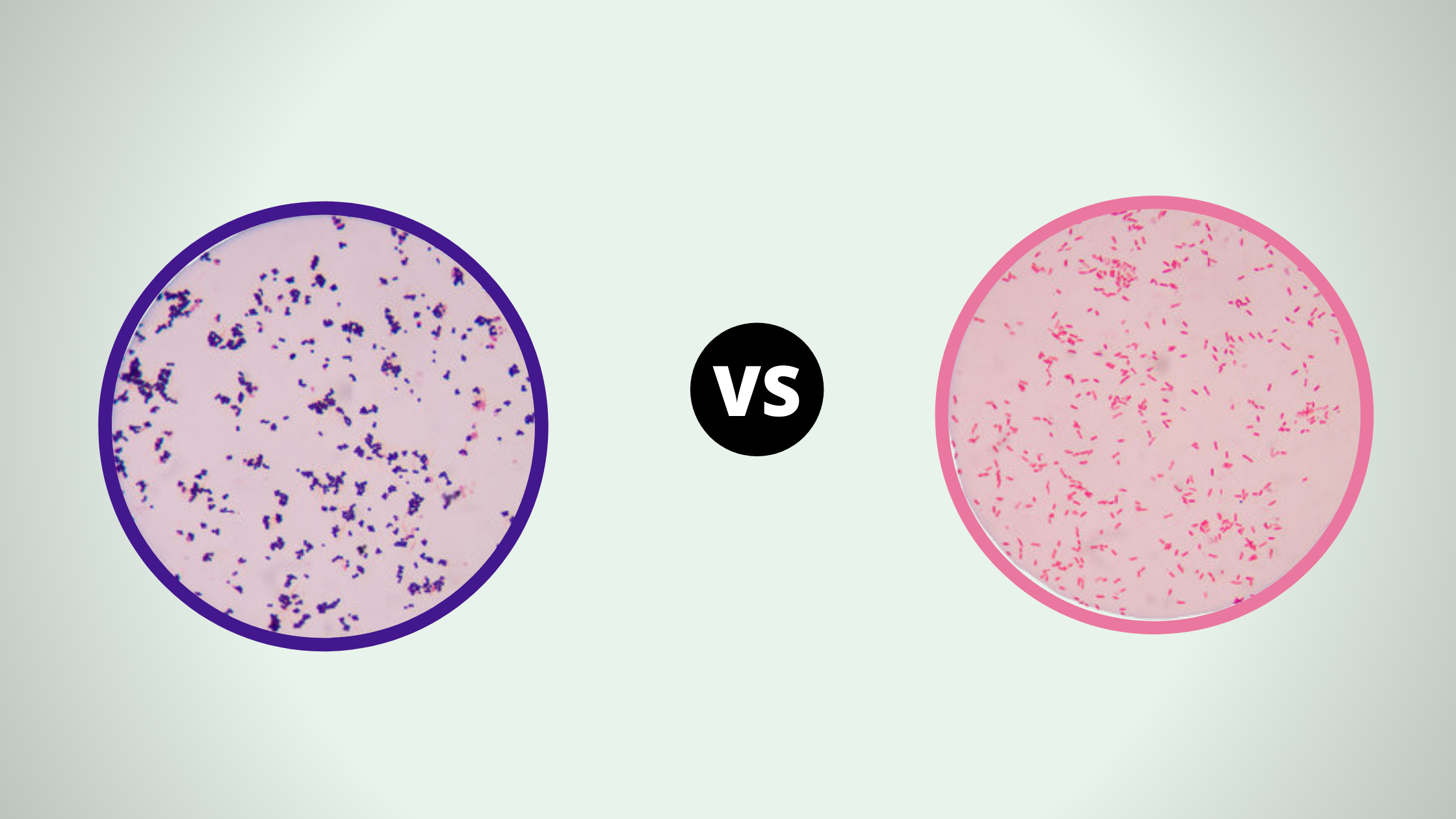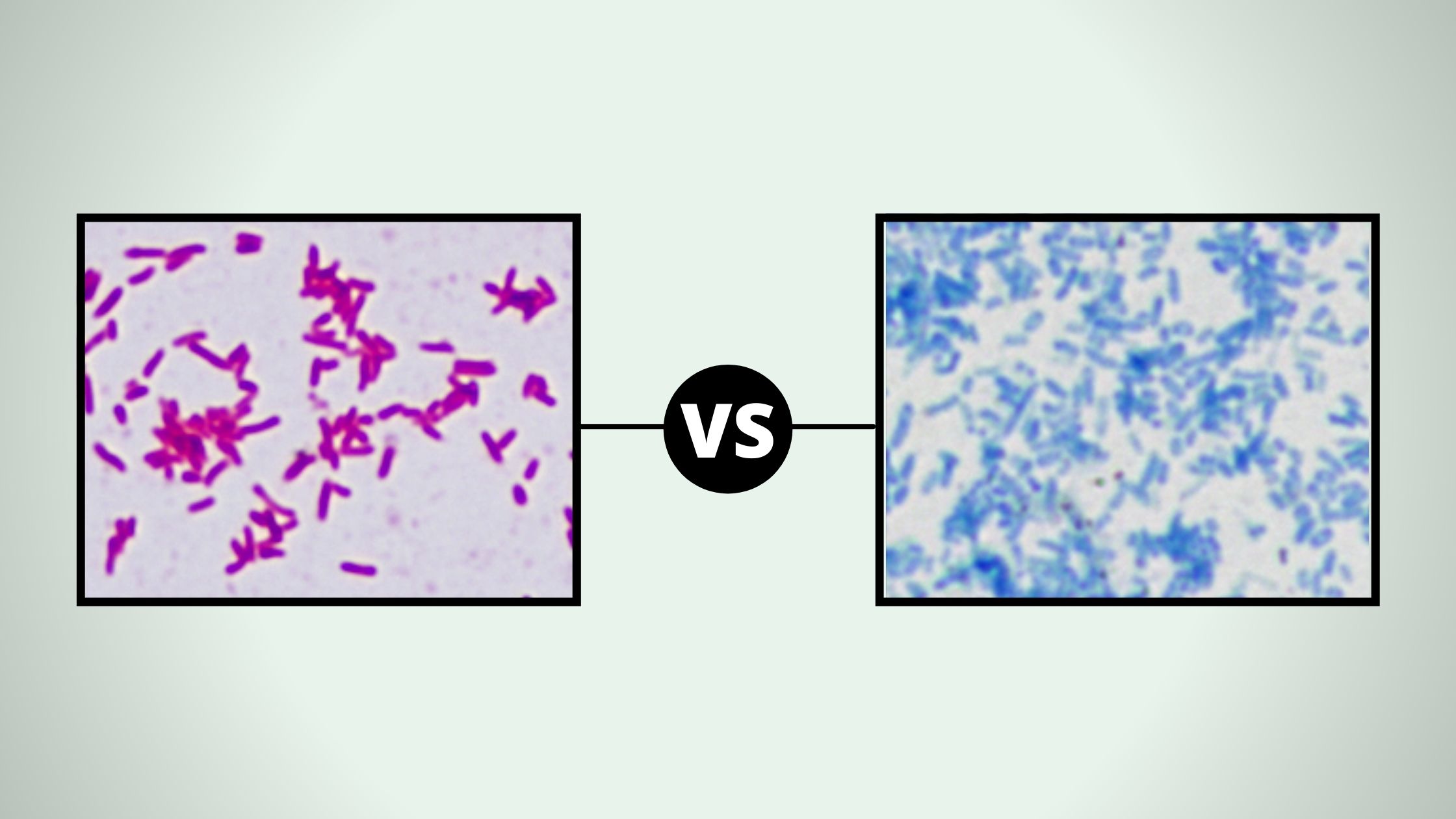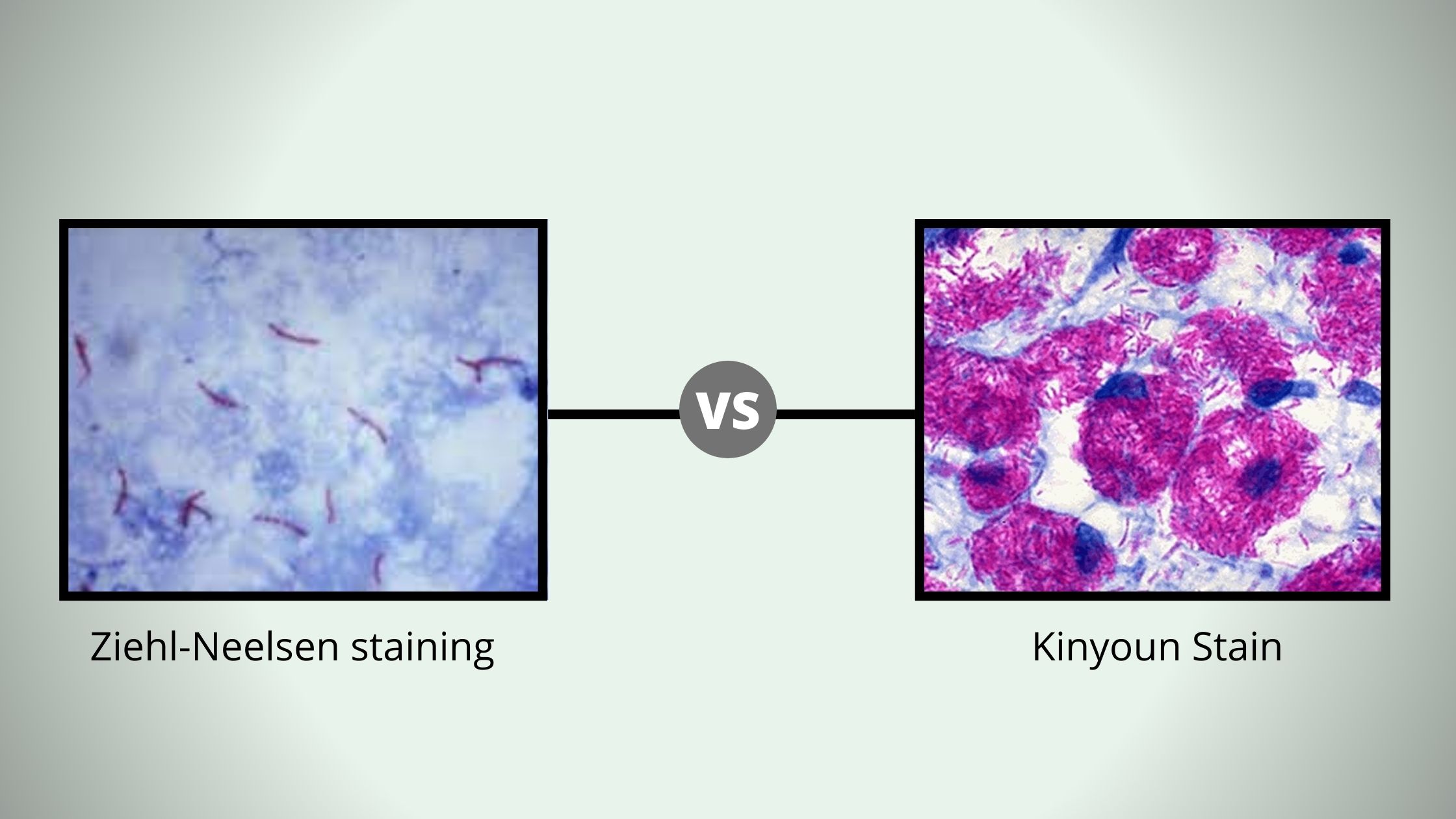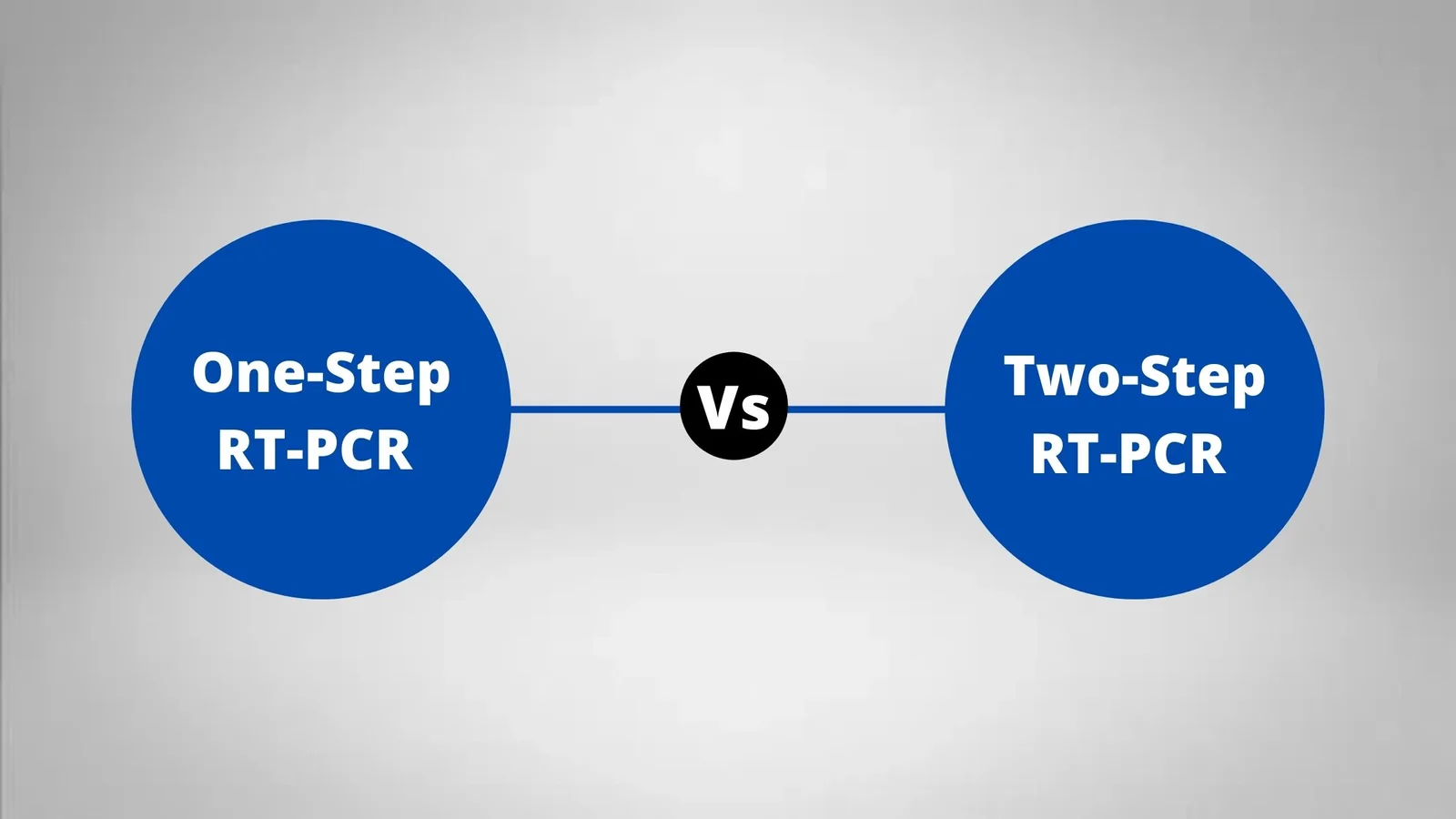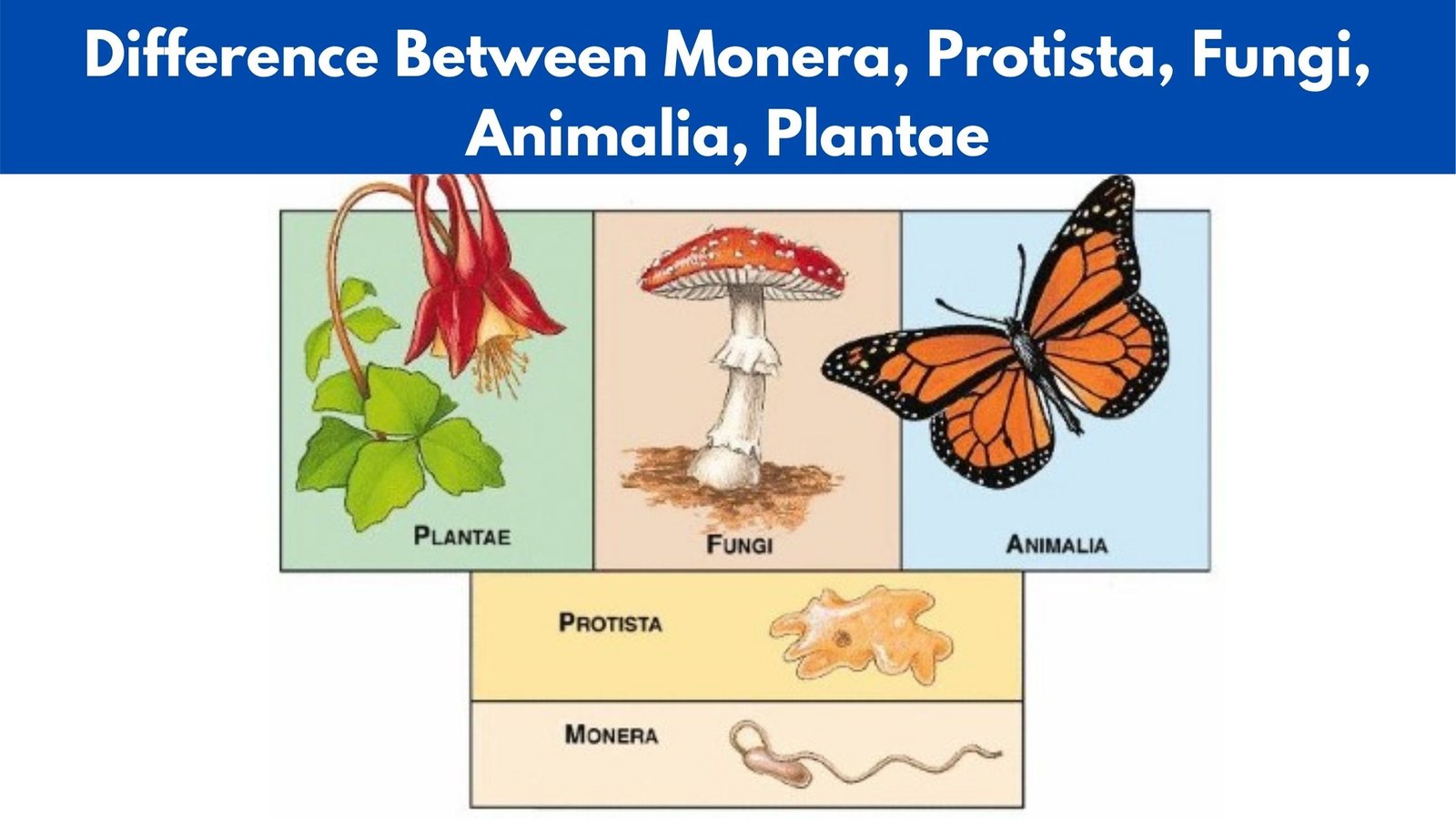Difference between static quenching and dynamic quenching
What is Quenching ? Quenching relates to a process that reduces the fluorescence intensity of a supplied substance. A variety of methods can succeed in quenching, such as excited state reactions, energy transfer, complex-formation and collisional quenching. As an outcome, quenching is often profoundly dependent on pressure and temperature. Some examples of common chemical quenchers are … Read more

